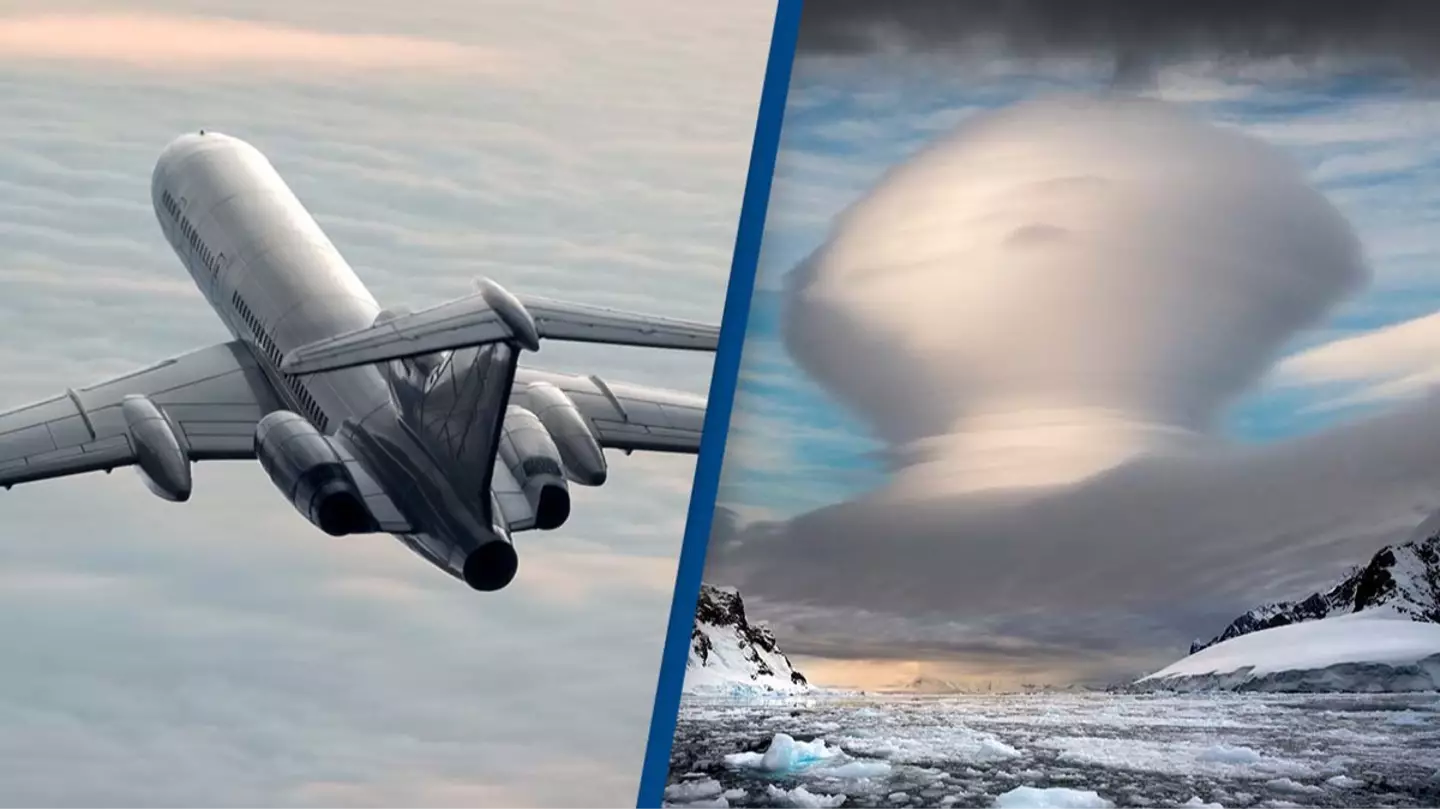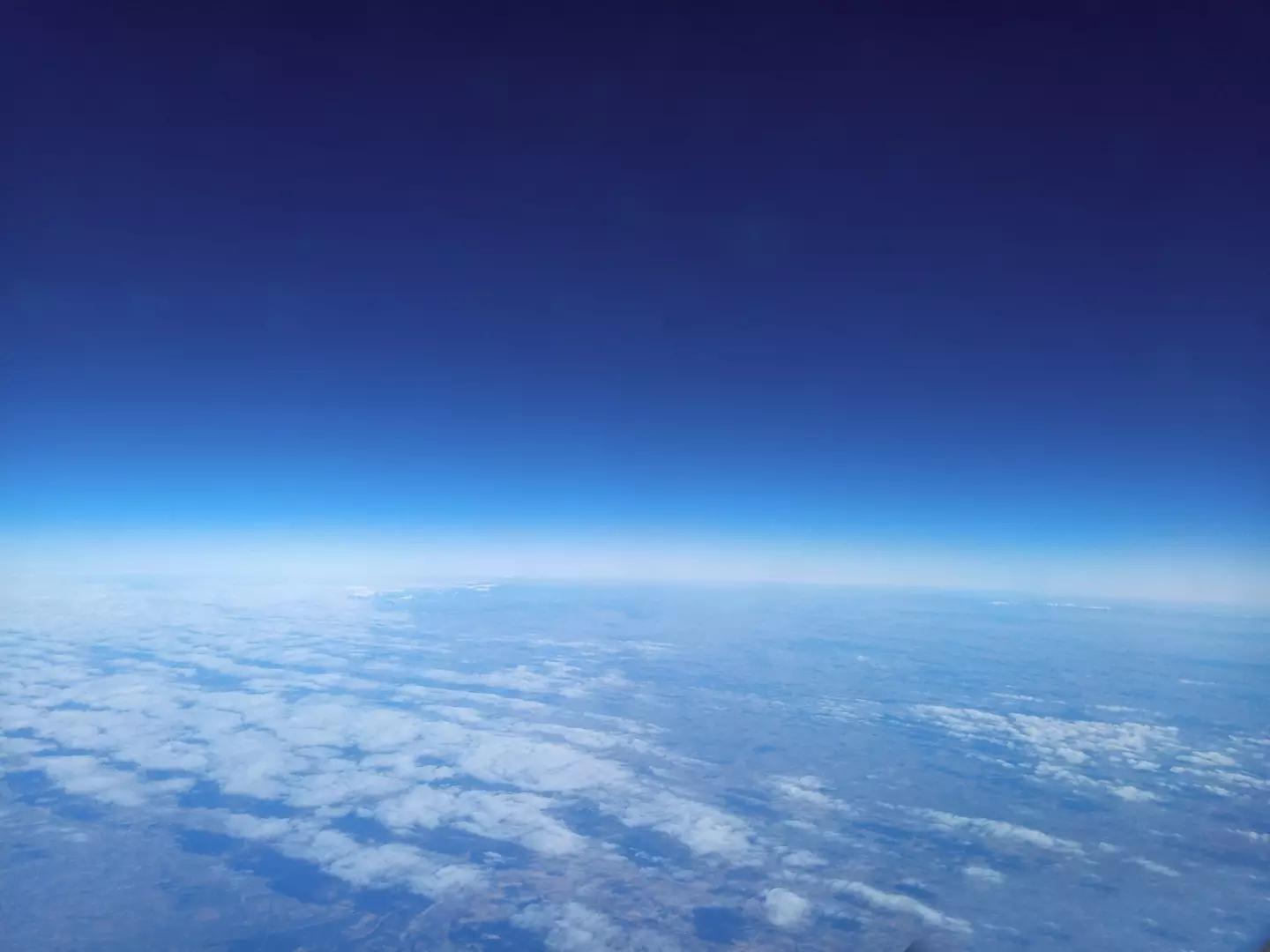
NASA has proposed an unusual solution to the problem of greenhouse gases, which counterintuitively involves using a lot of planes.
There are a few things that we can do to slow down climate change, chief among them being reducing burning of fossil fuels, but NASA has come up with a more unusual proposal.
The ambitious strategy involves seeding the atmosphere with ice to prevent greenhouse gases from building up.
Advert
First, a crash course on the greenhouse effect, deep breath - this occurs when certain gases build up in the atmosphere which insulate heat within it that would otherwise have escaped into space, over time this results in global warming, and the ice caps melting.
Phew! We all still here? Good.
So, this technique that NASA has proposed has been suggested as a way to mitigate the effect of greenhouse gases in the atmosphere.
By 'seeding' the atmosphere with particles of ice, they would freeze any vapour into ice that would otherwise have become greenhouse gases, and cause it to fall back to Earth.
Advert
At least, that's the theory.
The plan has come together as a collaboration between NASA and the National Oceanic and Atmospheric Administration (NOAA).

Now, to clarify this is not being suggested as something which would replace cutting our carbon emissions, it's something which we could maybe do in addition to that.
Advert
It's also a practice called geo-engineering, which is controversial due to the unpredictability of its side effects.
For example, Cane Toads were introduced to Australia as a natural pest controller, only to run rampant and devastate native wildlife.
Putting ice in the atmosphere is obviously very different from introducing an invasive species, but the principle is still worth considering.
Nonetheless, the plan has been presented as a potential option.
Advert
NOAA physicist and lead author Joshua Schwarz told MailOnline: "This isn't something that we can even implement right now.

"This is about exploring what might be possible in the future and identifying research directions."
But what impact would this plan actually have? Well, the team predicts that releasing around two tons of ice particles a week could cool the atmosphere to about 1/70th of how much it's being heated.
Advert
So it's very clear this would have to be done in conjunction with other measures to reduce emissions and effects.
All the same, it could have some measurable impact, but the danger is always there that it could lead to spiralling effects as a result.
Topics: News, World News, Environment, NASA
